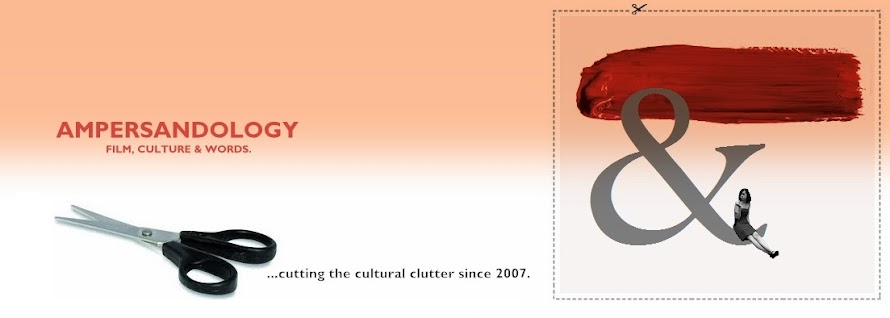by Jillian Butler, Ampersandology
I watched Sherlock Holmes again recently, mostly because of all the bromances I covered in my previous post, the one between Holmes and Watson gets me right here. Also, it's a beautiful film: all gritty, grubby street corners that have nothing to do with the over-romanticized English lore of the past. The streets of London end up looking like a quasi-Gothic, industrialized playground that Robert Downey Jr. barrels through with fists flying and gentlemen cuffs rolled up to his elbows.
But I just have to say one thing. As much as I appreciate the flashy, period-inspired use of typography in the film's post-production design, the title card does bother some:
Mostly because this typeface should be backwards. Relief printing means that everything you set is the mirror image of what comes out. The cast metal type looks like the opposite of what's printed. Like this!
See? So if you were going for authenticity, epic fail. So nice try, production designer, but if you were trying to show off how nerdy you are, I'm afraid it's back to the ol' drawing board. We'll laugh about this later, I promise!
I won't say that this visibly distracted during the film's press campaign, but only because admitting that because that would be crazy and esoteric.
The end credits, because they are beauty (note: also featured on the Art of the Title Sequence -- a frequent haunt and excellent read-- which reveals the original concept of this title sequence ran like a delusional gambit with the printing press motif):
This post was brought to you by the lagging printing and packaging process of a proposal grant, and the fact that I give these things too much thought. Buy American!
I watched Sherlock Holmes again recently, mostly because of all the bromances I covered in my previous post, the one between Holmes and Watson gets me right here. Also, it's a beautiful film: all gritty, grubby street corners that have nothing to do with the over-romanticized English lore of the past. The streets of London end up looking like a quasi-Gothic, industrialized playground that Robert Downey Jr. barrels through with fists flying and gentlemen cuffs rolled up to his elbows.
But I just have to say one thing. As much as I appreciate the flashy, period-inspired use of typography in the film's post-production design, the title card does bother some:
Mostly because this typeface should be backwards. Relief printing means that everything you set is the mirror image of what comes out. The cast metal type looks like the opposite of what's printed. Like this!
See? So if you were going for authenticity, epic fail. So nice try, production designer, but if you were trying to show off how nerdy you are, I'm afraid it's back to the ol' drawing board. We'll laugh about this later, I promise!
I won't say that this visibly distracted during the film's press campaign, but only because admitting that because that would be crazy and esoteric.
The end credits, because they are beauty (note: also featured on the Art of the Title Sequence -- a frequent haunt and excellent read-- which reveals the original concept of this title sequence ran like a delusional gambit with the printing press motif):
*
This post was brought to you by the lagging printing and packaging process of a proposal grant, and the fact that I give these things too much thought. Buy American!



2 comments:
Hey Jillian,
Could not the title card image actually be the mirror reflection of the the reversed typeset copy? While criticism is vital to the growth of any art, the instinctual need to find something wrong could itself do with a little critical analysis before succombing to the urge.
Wade
Ah, the post was meant to be tongue firmly in cheek. I was quite impressed with the final product, as I implied.
Harmless fun! Typography overthinking! Everyone's a winner!
Post a Comment